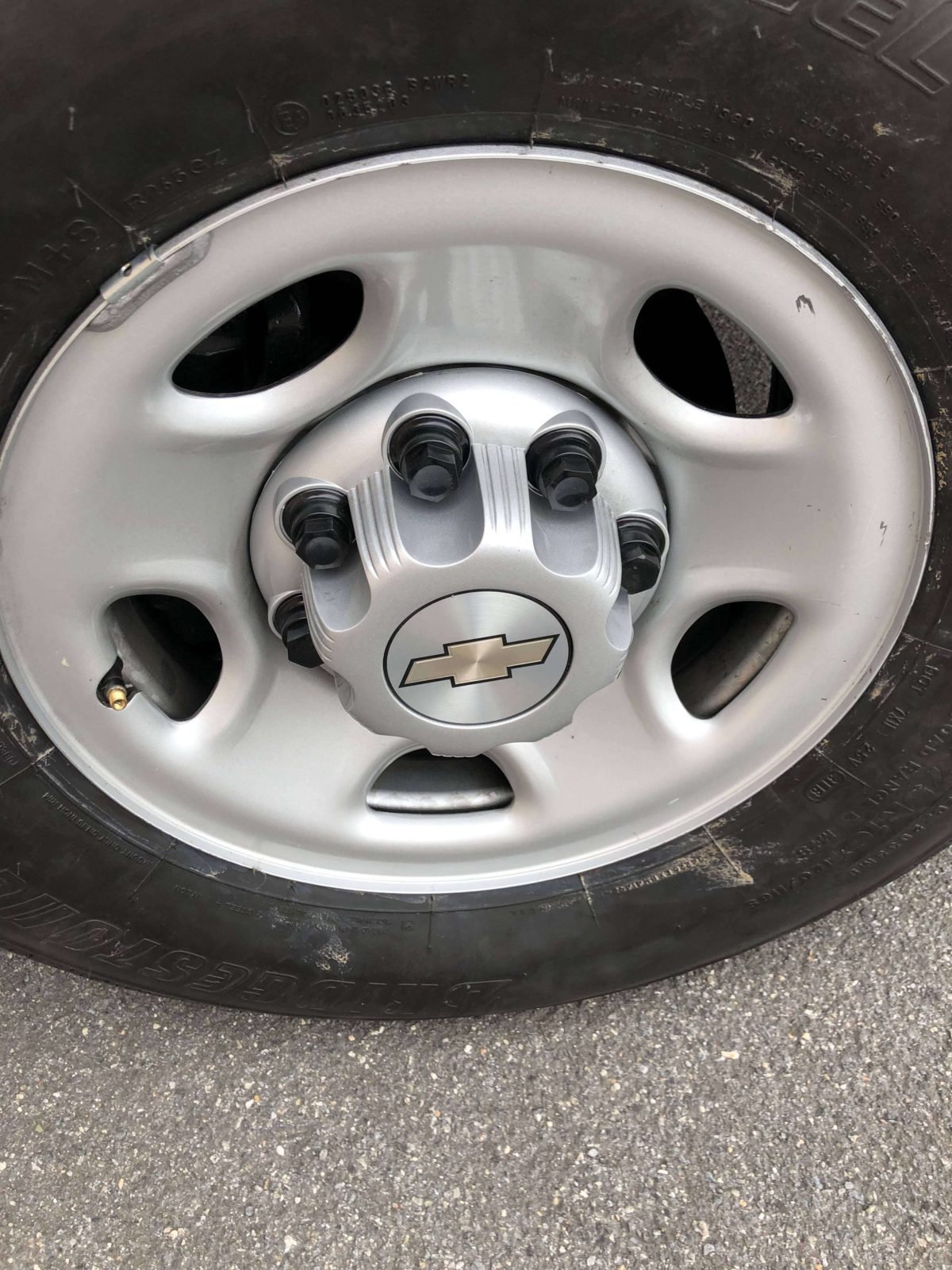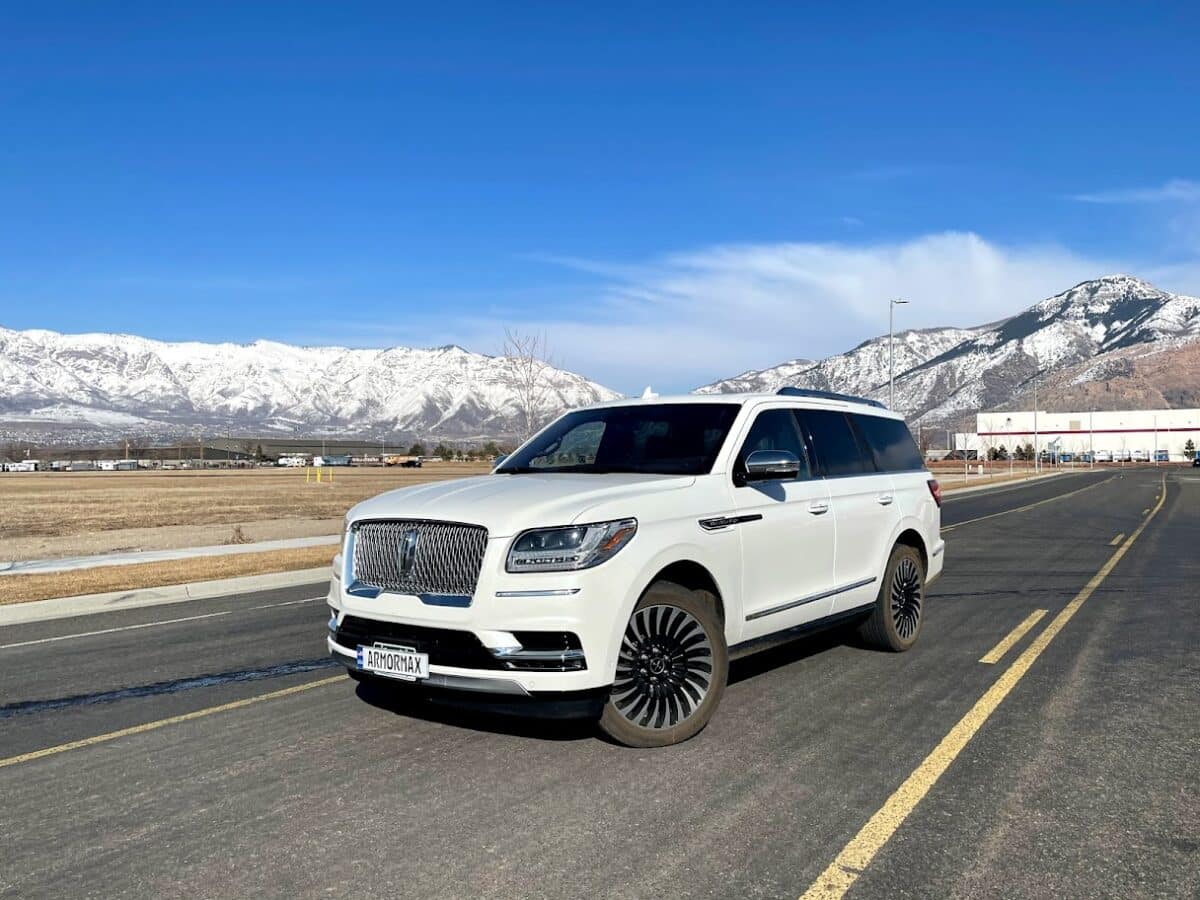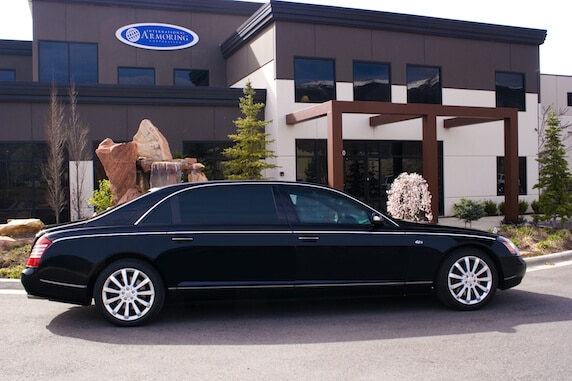Run flat tires are tires designed to allow a driver to continue driving their vehicle even after the tires have been deflated. The vehicle can only continue for a limited distance but it’s often enough to get the vehicle and its occupants to safety should their tires be shot out or punctured in another way.
Run flat tires are often used to help protect high-profile people such as politicians, businesspeople, and even superstars. This article looks at how to identify run flat tires, and why it’s important to examine tires before buying them.
The Need for a Tire Examination
Tire examinations are essential for the safety of everybody inside the car. Faulty tires can be dangerous, while defective run flats may not offer you the protection you need. If you want to know how to identify run flat tires, you will also need to check the tire’s overall condition.
There are two things in particular you should look for:
- Sidewall Integrity: If the sidewall looks damaged or weakened in any way, then walk away. Defective sidewalls can lead to blowouts, while they can also limit the effectiveness of run flat tires after deflation.
- Tread: Always ensure a tire has plenty of tread. If a tire doesn’t have enough tread then it can cause your vehicle to lose control on the road, with potentially disastrous consequences. Ensure the treads are at least a couple of millimetres deep around the tire and keep clear of anything with bald patches.
Check for Markings
It is usually easy to learn how to identify run flat tires because you can tell by markings on the tires themselves. The markings are usually located on the side wall, but are not standardized so you will find different markings from different brands as follows:
- Bridgestone: RFT (run flat tires)
- Continental: SSR (self-supporting runflat)
- Dunlop: ROF (run on flat) or DSST (Dunlop self-supporting technology)
- Goodyear: ROF (run on flat) or EMT (extended mobility technology)
- Michelin: ZP (zero pressure)
- Pirelli: RSC (run-flat system component)
For more information, see: Can You Patch a Run Flat Tire?








